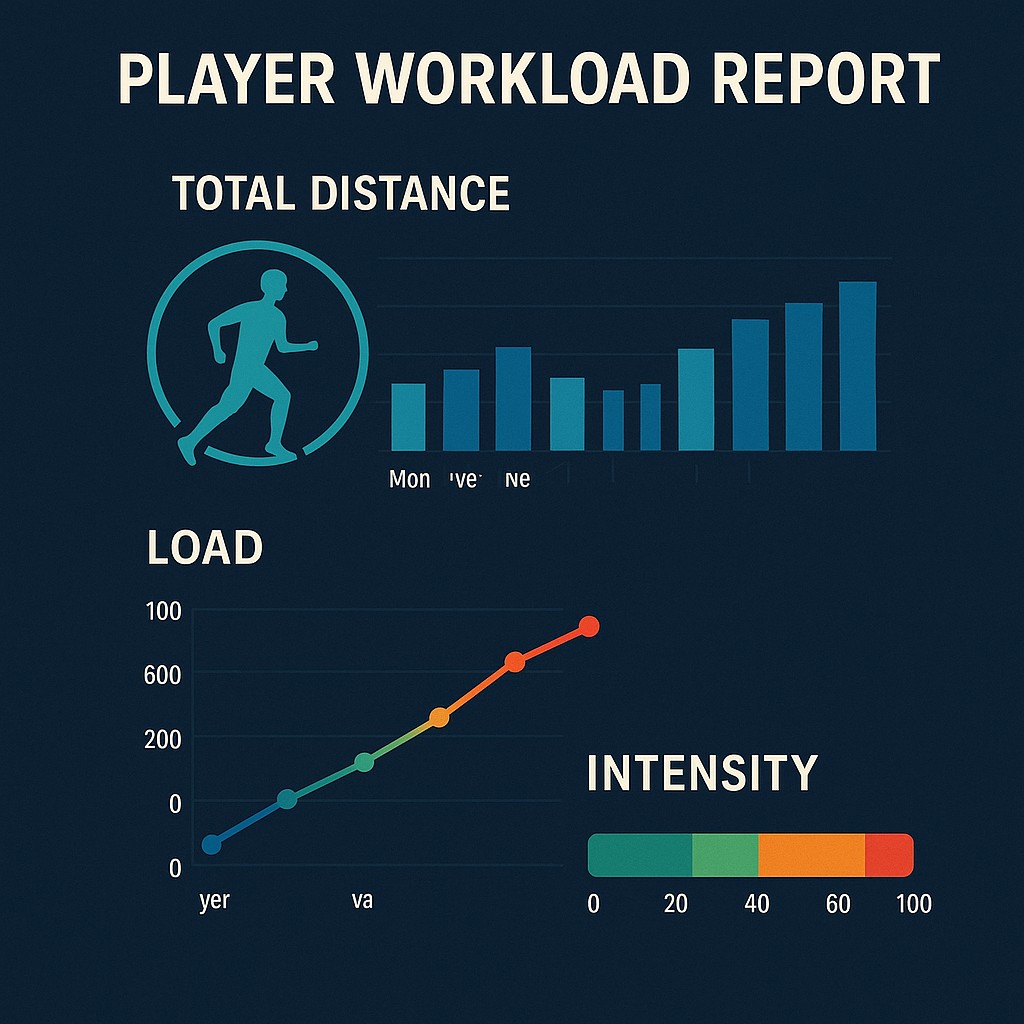FIFTH ANNUAL PLAYER WORKLOAD REPORT 2025

Introduction
The FIFPRO fifth Annual Report, was published on 29 September, 2025, with the title Overworked and Underprotected: The Player Health and Performance Impact and presents a sobering assessment of the relentless demands of modern football.
The 51-page study covers the 2024–25 season and uses the FIFPRO Player Workload Monitoring platform (PWM) to examine how congested calendars, long travel distances, and inadequate recovery periods affect player health and performance.
Methodology
It uses data from the PWM, which tracks the schedules of 1,500 male footballers worldwide. The data measured appearances, minutes played, back-to-back matches, off-season length, pre-season training periods, and international travel distances. The study also incorporates a Delphi survey of 70 medical and performance experts, which produced 12 consensus statements defining minimum safeguards for players’ workload.
Key Findings
- Extreme workloads: Nearly half of the players tracked were in “high” or “excessive” workload categories, with elite players frequently surpassing 70 appearances in one season. Luka Modrić, now aged 40, played 76 matches across Real Madrid and Croatia — more than anyone else in the world.
- Insufficient rest: None of the clubs participating in the expanded FIFA Club World Cup met the recommended four-week off-season or retraining minimum. Many players had as little as two weeks before being thrown back into full competition.
- Travel overload: Australia goalkeeper Mathew Ryan, for instance, travelled over 169,000 kms in one season, whilst Luka Modric, now 40, played a record 76 matches for club and country, which is more games than anyone else in the world.
- Youth risk: Teenagers such as Lamine Yamal had already accumulated unsustainable exposure. By the age of 18, he had played 130 professional matches, far exceeding the historical workload of players like Cesc Fàbregas, Pedri, or Gavi at the same age.
The Report notes that such schedules heighten the risk of fatigue, muscle injuries, and long-term health issues.
Medical Safeguards
The Report calls for binding implementation of Workload Safeguards developed by medical experts, including:
Off-Season Break
- Players should be guaranteed a minimum of 4 weeks between seasons (off-season break), with no club or national team travel, training, or media commitments.
- The off-season break should include a blackout period of 2 weeks (without any contact with club or national team).
- There should be a minimum 4-week retraining period after an off-season break before starting competition.
- Clubs should provide players with optional monitoring (for example, prescribed training programmes or wellness monitoring) during the off-season break.
In-Season Rest & Recovery
5. There should be a minimum of two days between appearances to allow players to recover adequately.
6. A diagnosed injured player should not compete until cleared by a medical professional from the player’s club.
7. Players should have a mandatory one day off per week.
Mid-Season Break
8. There should be a mandatory mid-season break of 1 week, with no club or national team travel, training, or media commitments.
Travel
9. The burden of travel resulting in fatigue or jet lag should be considered when scheduling fixtures.
10. There should be a rest period between a long-haul flight and a subsequent match to allow adequate recovery.
Young Player Safeguards
11. There should be specific workload safeguards for academy players under 18.
12. Further research is needed to determine whether specific safeguards should also apply to players under 21.
We advise on football players employment contracts and welfare issues, and further information is available by emailing Kim Gamboni or Dr Lucien Valloni at gamboni@valloni.ch and valloni@valloni.ch respectively.